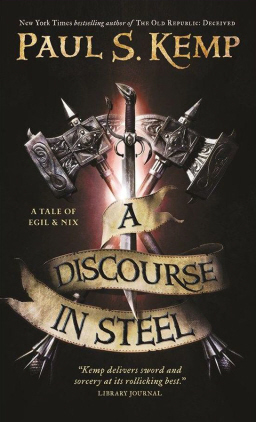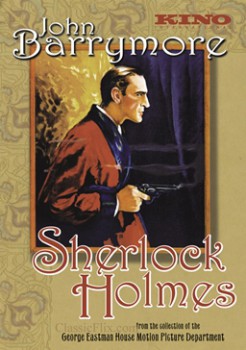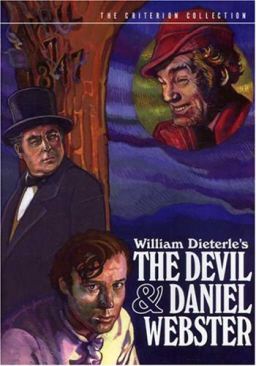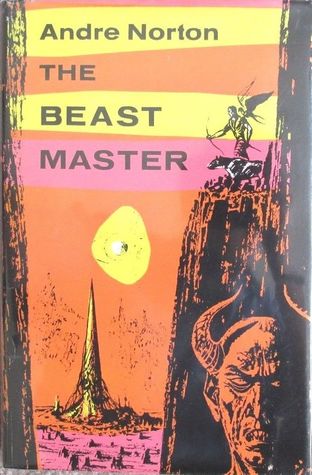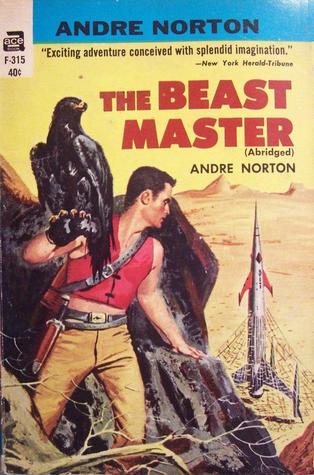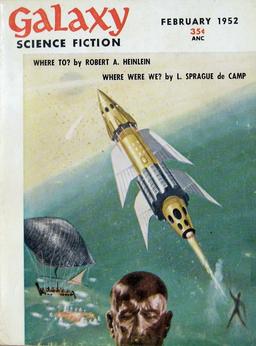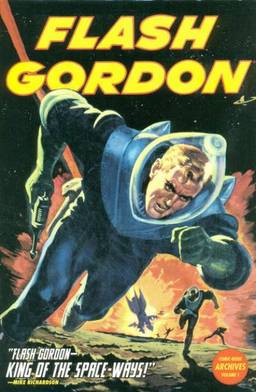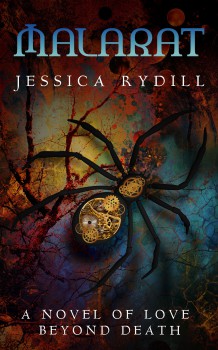 If you have a book you’d like me to review, please see the submission guidelines here. I’ve run short on books that I’ve received in the past year, so anything new has a good chance of being reviewed.
If you have a book you’d like me to review, please see the submission guidelines here. I’ve run short on books that I’ve received in the past year, so anything new has a good chance of being reviewed.
This month’s self-published novel is Malarat by Jessica Rydill. The book is the third book in Ms. Rydill’s shamanworld series, but also a standalone novel. The novel takes place in a world much like our own, with France (called Lefranu), England (Anglond), Jews (Wanderers), and Christians (Doxans). But these analogs are not exact (for example, the Doxans elevate Megalmayar, the Mother of God, to the position of a goddess) and there are also a number of things that are very different, such as the Great Cold, that isolated a portion of Lefranu so that it remained stuck in Medieval times while the rest of the world advanced to what most closely resembles the late 19th and early 20th century, complete with trains, firearms, and electricity.
The novel focuses on Annat Vasilyevich and her father, Yuda, two Wanderers who are also shaman, who have a number of magical (or psychic) abilities, such as communicating by thought, traveling to other worlds, and blasting things with shaman fire. They have been asked by the rulers of Masalyar, a large city-state in Lefranu, to investigate the rise of Clovis, a new claimant for the crown of Lefranu, who has the support of the Duc de Malarat, a powerful duke, and the Canes Dei, Doxan warrior-priests with a reactionary theology and an invention, the Spider, which they can use to overcome shaman. The Canes Dei are led by the beautiful but brutal Valdes de Siccaria. Yuda is a former Railway guard, who has connections among the Railway workers, but he was crippled in a previous adventure. He plans on disguising himself as a pilgrim seeking the blessing of the new king. They are accompanied on their mission by Yuda’s non-shaman son Malchik, Malchik’s lover, Camille, and their newborn daughter, Annat’s current lover Genie and ex-husband Cluny, Yuda’s apprentice Huldis, the railway workers Nico and Lukacs, and the nuns Sister Coty and Mother Kana. This is admittedly a large cast, but they soon split into smaller parties, with Annat and Genie staying in the city of Yonar in order to defend it. There they are joined by Casildis, Huldis’s sister, and her husband, Sergey Govorin, and the shaman Semyon Magus. The others continue on toward their fateful encounter with Clovis’s forces.
…
Read More Read More
 The 2014 British Fantasy Award winners have been announced, and once again I’m reminded that there’s a lot of fantastic fantasy out there I’m not reading.
The 2014 British Fantasy Award winners have been announced, and once again I’m reminded that there’s a lot of fantastic fantasy out there I’m not reading.


